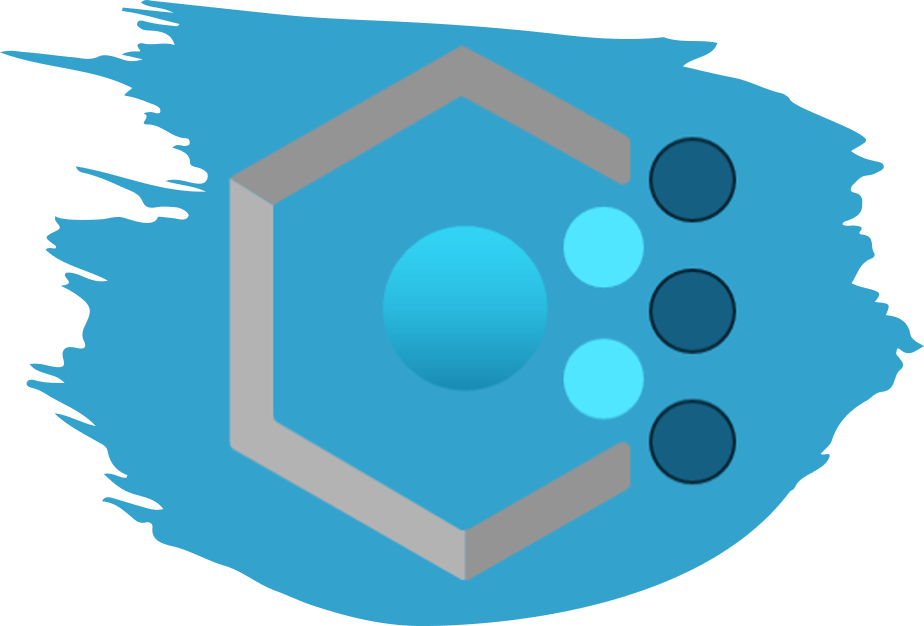Cyber Living Off the Land: Unveiling Tactics, Techniques, and Procedures (TTP)
June 13, 2023

In the ever-evolving landscape of cyber threats, attackers continuously refine their strategies to bypass security defenses and infiltrate target systems. One tactic that has gained prominence is “Living Off the Land” (LoL), which involves leveraging legitimate tools, utilities, and processes within a compromised environment. In this blog post, we will delve into the tactics, techniques, and procedures (TTP) employed by cyber actors engaged in living off the land, shedding light on their methods and implications for cybersecurity professionals.
Living Off the Land
Living off the land refers to the practice of using existing resources and trusted tools within a compromised network to carry out malicious activities. By leveraging legitimate software and system functionalities, cyber actors aim to blend their actions with normal operations, evading detection by traditional security measures. Let’s explore some common TTPs associated with living off the land.
Exploiting Trusted Applications
Cyber actors frequently exploit trusted applications like PowerShell, Windows Management Instrumentation (WMI), or macros in productivity software to execute malicious commands. They abuse the functionalities of these tools to gain unauthorized access, move laterally, and escalate privileges within the compromised environment.
Fileless Malware
In fileless attacks, malicious code resides solely in memory, without leaving traces on the file system. Attackers leverage scripting languages like PowerShell or JavaScript to execute commands and carry out their objectives. Fileless malware poses a significant challenge for traditional signature-based detection systems since they focus on identifying known malicious files rather than analyzing in-memory activities.

Abuse of Built-in Utilities
Cyber actors exploit legitimate system utilities to advance their malicious activities. For example, they may abuse Windows Remote Desktop Protocol (RDP) to gain remote access to a system or use tools like PsExec for lateral movement across the network. By leveraging trusted utilities, attackers minimize suspicion and blend in with legitimate user activities.
Credential Theft and Abuse
Living off the land often involves the theft and abuse of user credentials. Attackers use various techniques, such as keyloggers, phishing attacks, or credential dumping, to acquire valid usernames and passwords. These stolen credentials grant them unauthorized access to critical systems and resources, enabling them to carry out their malicious objectives.
Strategies for Mitigation
- Enhanced User Awareness: Educate users about the risks associated with phishing attacks, social engineering, and the importance of practicing good password hygiene. Users should be cautious when granting elevated privileges or executing commands, even if prompted by seemingly legitimate tools.
- Least Privilege Principle: Implement the principle of least privilege (PoLP) by granting users the minimum privileges necessary to perform their tasks. This limits the potential impact of an attacker who gains unauthorized access to a compromised account.
- Network Segmentation and Monitoring: Implement network segmentation to limit lateral movement within the network and separate critical assets. Continuous monitoring of network traffic and system logs can help identify unusual activities associated with living off the land techniques.
- Robust Endpoint Protection: Deploy advanced endpoint protection solutions that utilize behavior-based detection mechanisms to identify malicious activities, including fileless malware and suspicious system behavior.

The adoption of living off the land techniques by cyber actors presents significant challenges for cybersecurity professionals. By leveraging trusted tools and resources, attackers can evade traditional detection mechanisms and carry out their objectives covertly. To combat this threat, organizations must adopt a multi-layered security approach, including user education, network segmentation, continuous monitoring, and robust endpoint protection. By staying informed about the evolving TTPs associated with living off the land, cybersecurity professionals can better defend against these stealthy adversaries and safeguard their digital assets.
Have Any Question?
Call or email Cocha. We can help with your cybersecurity needs!
- (281) 607-0616
- info@cochatechnology.com




